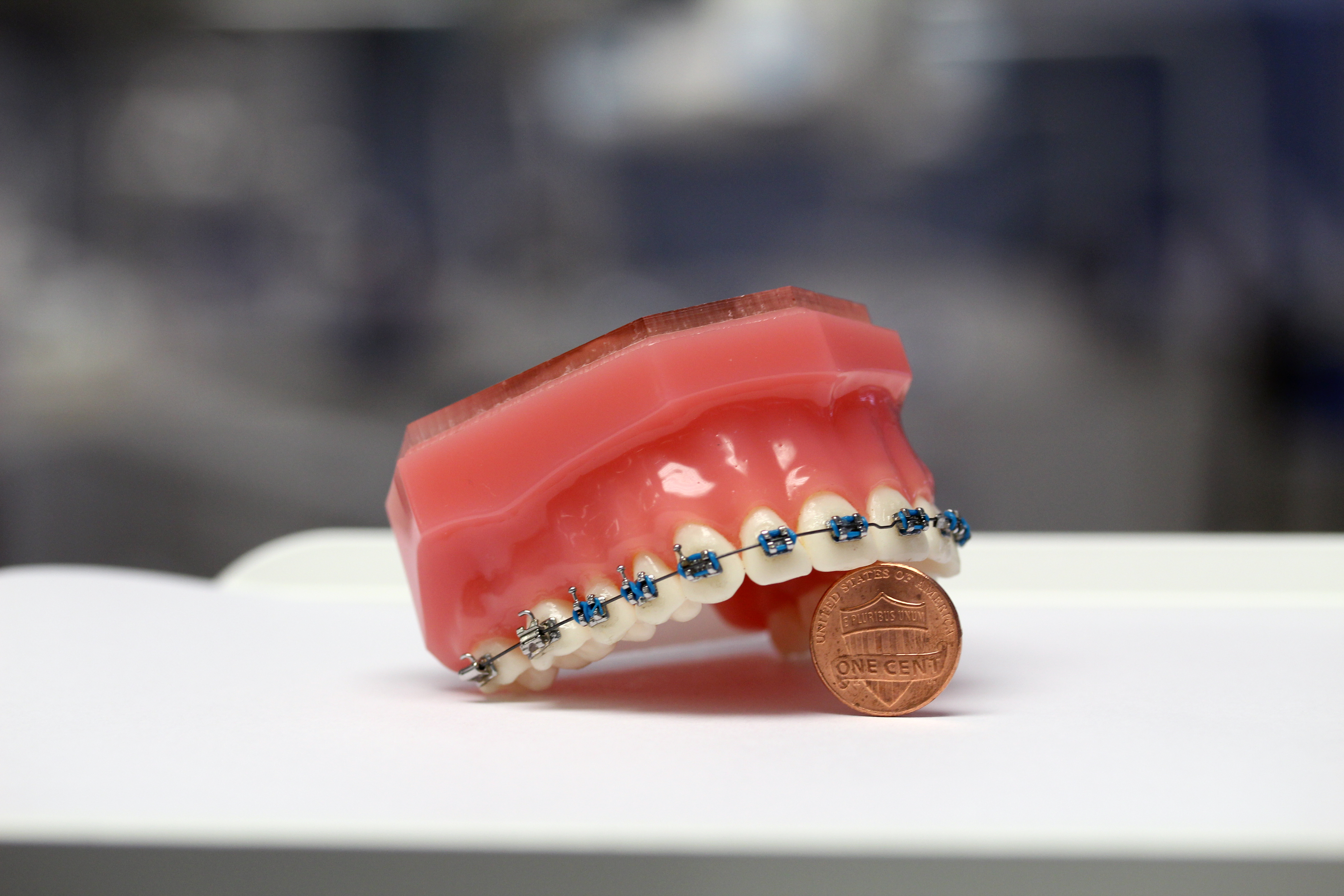Everyone knows that medical residencies pay their residents a stipend. Sure, it’s not a glamorous amount given the eight plus years of post-secondary education. But don’t forget that an average medical resident salary of $56,500 is approximately that of the average American household income. The vast majority of dental residencies, however, charge exorbitant tuition. And from the way things are going, it looks like this won’t be changing anytime soon.
GME funding – If you got it, lucky you
One of the biggest shocks to dental students is the fact that they will most likely have to pay tuition in order to specialize. Hospital-based dental programs pay a salary, as these programs receive Graduate Medication Education (GME) money to train their residents. GME funding is how medical residents get paid. As such, if you’re doing OMFS (not counting the 2 years in medical school), GPR, and even AEGD, you’re going to receive a stipend. On the other hand, school-based programs for the most part will charge tuition. If you’re interested in Ortho, Endo, Perio, Prosth, or even Pedo to an extent, you’re more than likely going to be shelling out a significant amount of money.
For the lucky few dental residents who do receive a stipend, the amount varies based on a number of factors. These include specialty, seniority (residency year), and representative cost of living (geographic location). For example, a 6th year post-DDS OMFS resident in NYC will be paid more than a GPR resident in rural Alabama.
GME funding – If you don’t got it, get ready to tack on some extra loans
Imagine that. Paying more tuition and doubling your loans — to specialize? Sounds too good to be true. If more medical residents knew about this, they would be laughing their heads off.
In all seriousness, the is the reality facing a great number of future dental specialists. Case in point, USC Orthodontics.
| Direct Costs | Year 1 | Year 2 | Year 3 | |
| Tuition | $70,566 | $85,335 | $85,335 | |
| Instrument Management System Fee | $750 | $900 | $900 | |
| Dental Equipment | Please contact your department | |||
| Health Insurance | $1,712 | $1,712 | $1,712 | |
| Health Fee | $793 | $793 | $793 | |
| Disability Insurance | $55 | $55 | $55 | |
| Topping Student Aid Fund | $16 | $16 | $16 | |
| Student Programming Fee | $80 | $80 | $80 | |
| Student Service Fee | $25 | $25 | $25 | |
| Total Direct Costs | $73,997 | $88,916 | $88,916 |
If you’re taking out $500K at 6% for dental school alone, what’s another few drops in the bucket to become an orthodontist? The fact that dental residencies can get away with charging such ridiculous tuition is disheartening for many cash-strapped students.
Even for the ever-so-rare Ortho programs that do offer you a cushy GME stipend, some of them will still charge over $20K in tuition (Montefiore comes to mind).
The bottom line is that unless you’re doing OMFS, GPR, or AEGD, chances are you’re going to be charged tuition for dental residency. When deciding what specialty to pursue, if any, be financially and mentally prepared to shoulder an extra burden our medical peers would never think to be possible.
Thoughts about dental residencies charging tuition? How did you stomach those extra loans? Comment below!

No responses yet